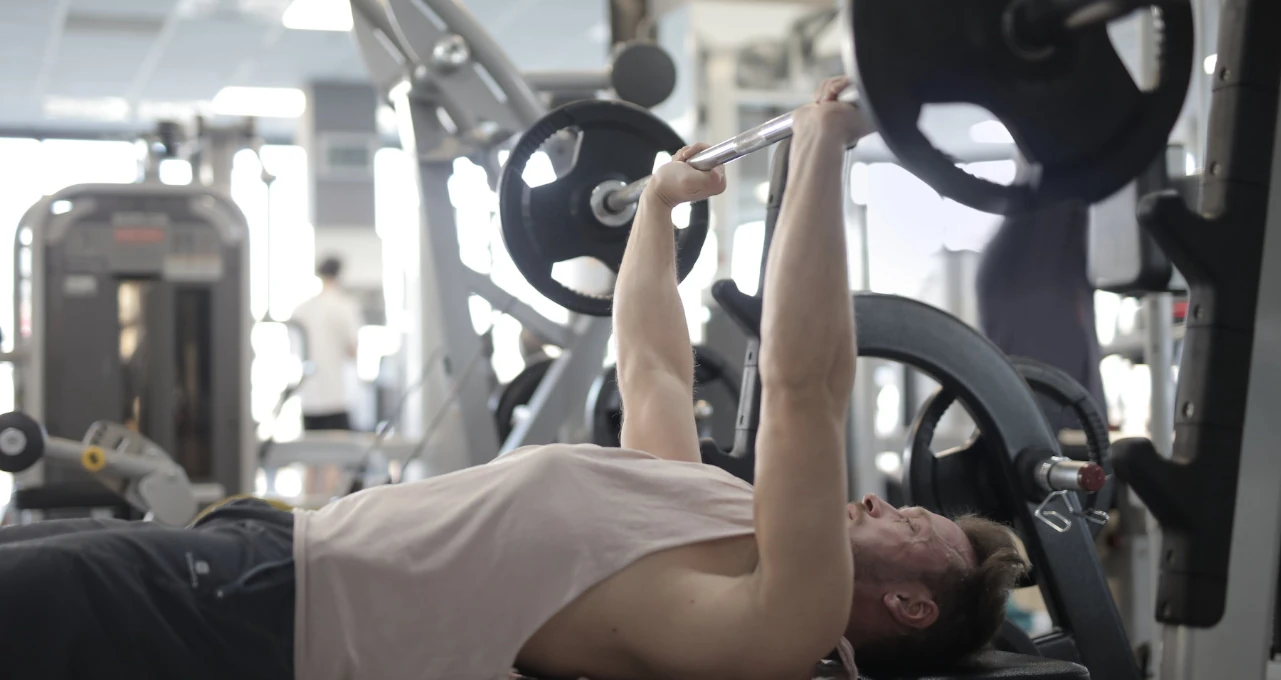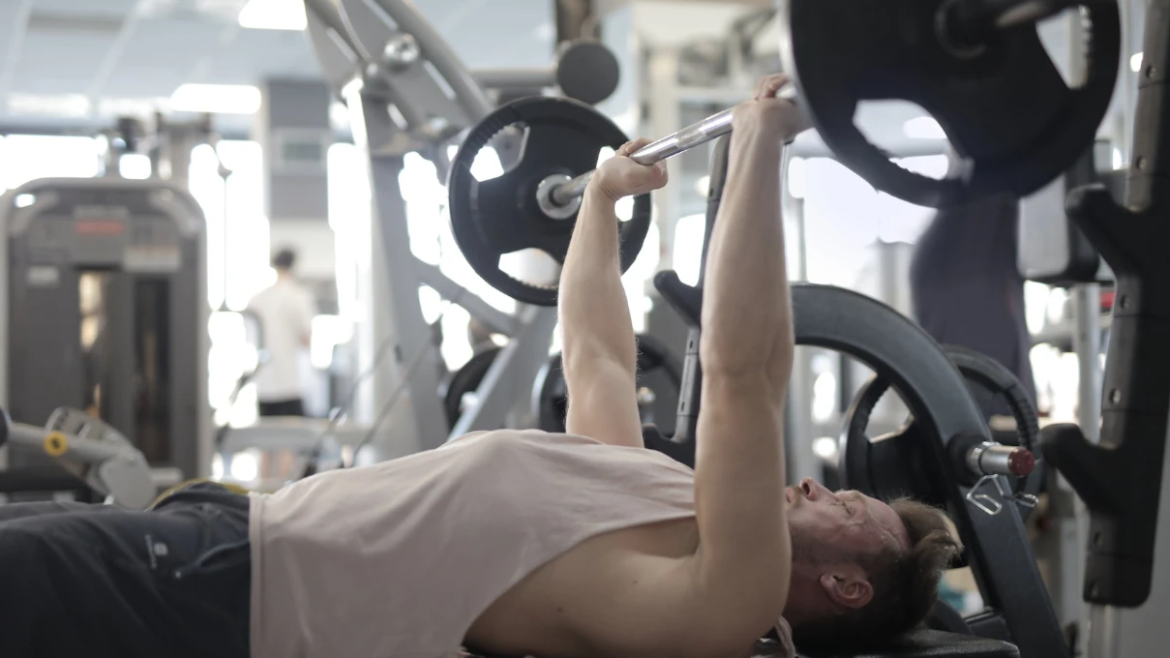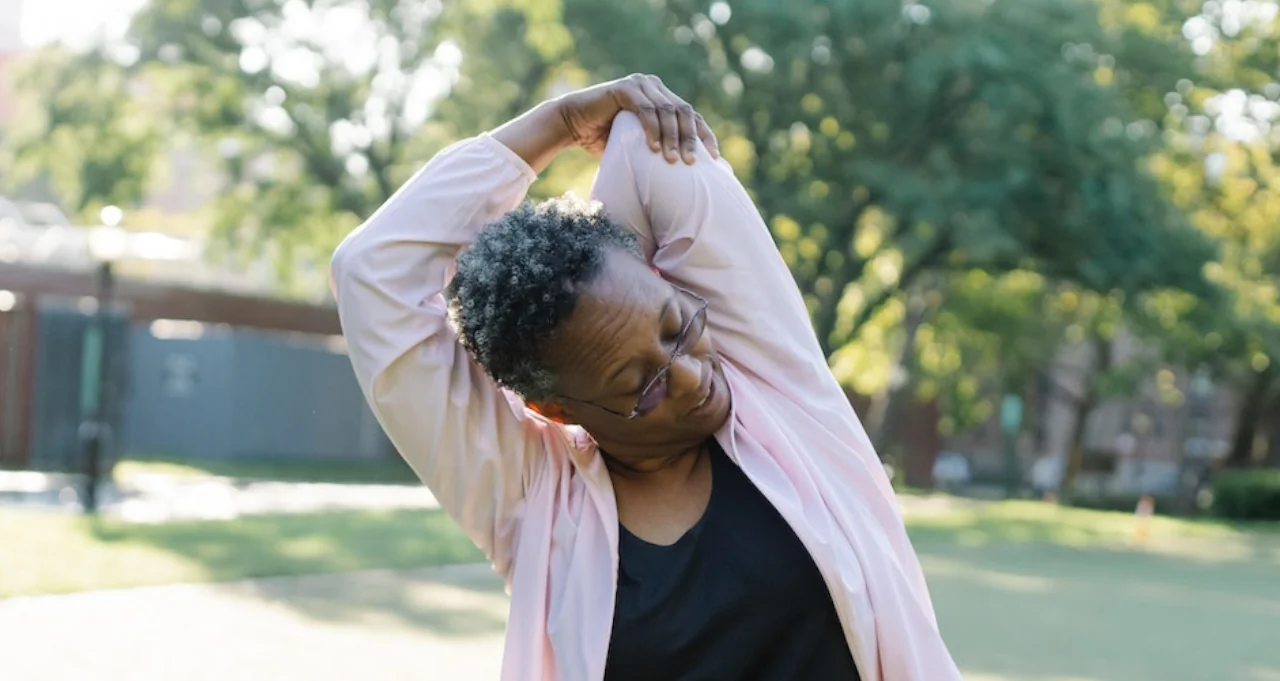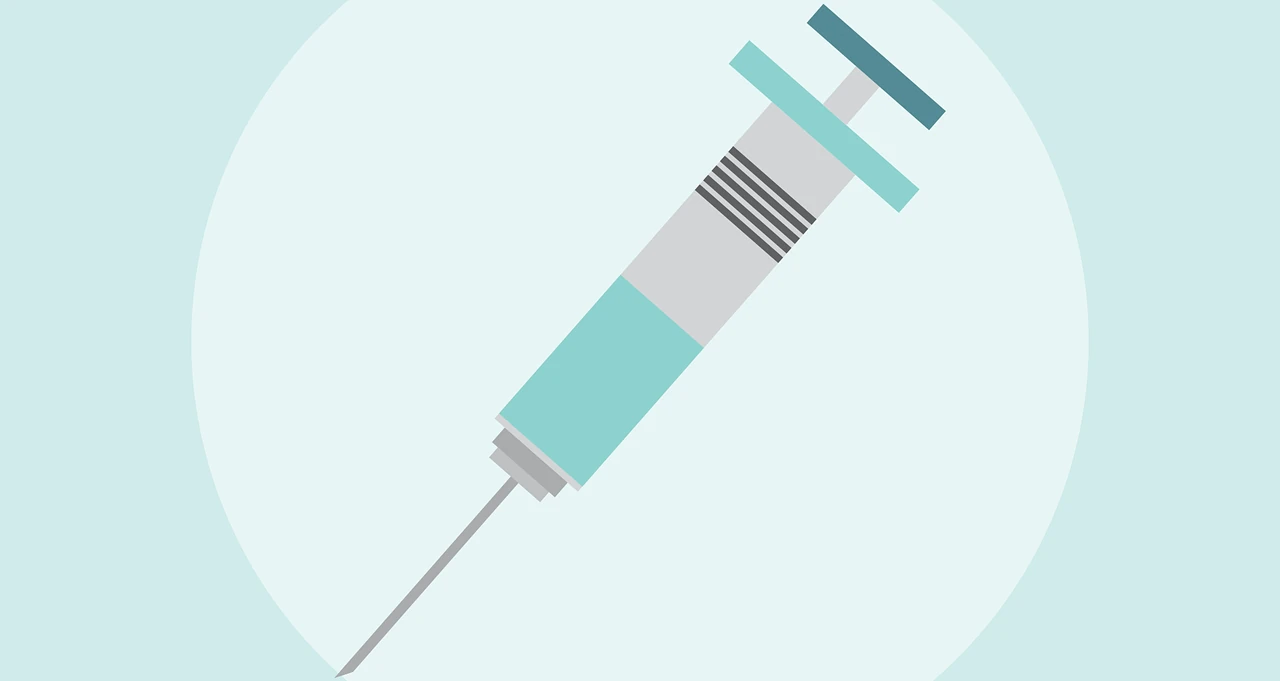Why Does My Back Hurt After Working Out?
Back pain is a problem for many adults in America. A study indicates that an average of 23% of adults will deal with lower back pain chronically during their lifetime. Regular exercise is great at reducing back injuries. However, even those who exercise are not exempt. Back pain after a workout is more common than it seems.
Is having back pain after a workout ever ok?
Lower back pain is normal and, in some cases, needed as the muscle grows in strength. Leada Malek, C.S.C.S, a board-certified sports specialist and physical therapist, told Shape that you could expect to feel tightness in the back after exercises solely focused on building muscles, such as weightlifting, kettlebell swings, and barbell squats.
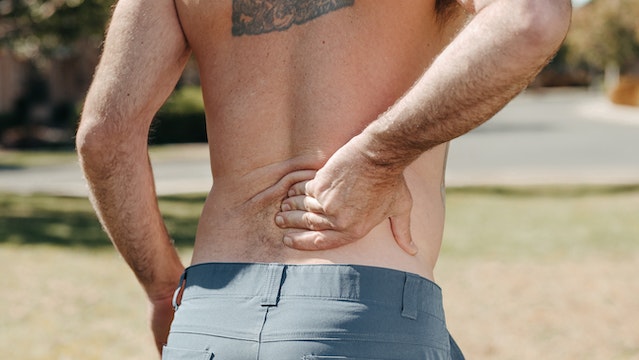
Delayed Onset Muscle Soreness or DOMS usually causes back pain. DOMS causes pain within the muscle that doesn’t occur until a workout commences.
Symptoms of DOMS are:
- Decrease in mobility from the pain
- Tenderness when the muscle is touched
- Inflammation
- Decrease in muscle strength
Pain caused by DOMS should last no longer than three days after the workout, with interval spikes of pain throughout those three days. Also, symptoms may not present immediately after an exercise, lasting 12 to 24 hours.
When Should You Be Concerned About Back Pain?
You need to visit a chiropractor if your back pain doesn’t disappear within 72 hours after the workout. By this time, any discomfort or pain should have subsided. However, if the pain remains, that would indicate a more severe problem than delayed onset muscle soreness.
Another way to recognize if a doctor visit is needed is by assessing how the back soreness affects your sleep and other everyday activities. Both are huge red flags that the discomfort in your back is abnormal and needs a chiropractor to evaluate it.
If you’re in the Seattle/Snohomish County, be sure to visit Everett Spine and Rehab—we offer chiropractic care as well as physical therapy and massage therapy.
How To Prevent & Treat Back Injuries From Workouts
The best way to prevent back injuries is to have a good recovery plan after the workout. Incorporating a recovery exercise after all your workouts, such as light yoga poses, aids in a healthy workout recovery.
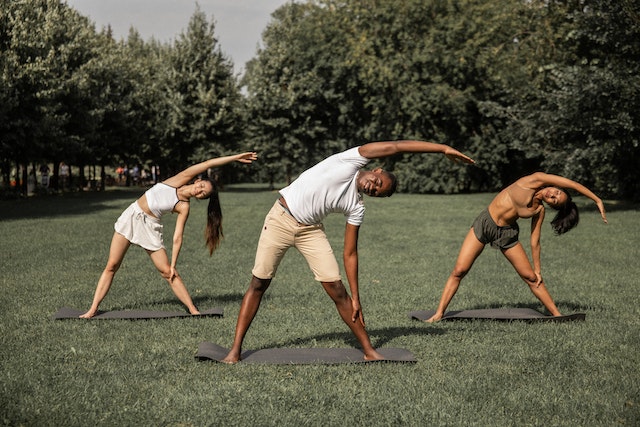
Passive And Active Recovery Methods
Using slower movements to recover after a highly intensive workout might seem right. But, passive ways of recovering after a workout have not shown a difference from active ones in improving or preventing DOMS. Athletes have to work through muscle soreness, as a study of active recovery showed in female soccer players. Don’t think your recovery workout has to be slow and drawn out.
Foam Rollers
Another way is to use a foam roller, especially if you return to exercise after a more sedentary lifestyle. Foam rollers reduce pain and can help prevent DOMS. Also, it could improve your performance as it did in this study.
If you experience DOMS, you don’t have to quit exercising altogether. You should, however, refrain from a more harsh workout until your back is fully recovered. Instead, remember to pace yourself and ease back into your workouts slowly.
